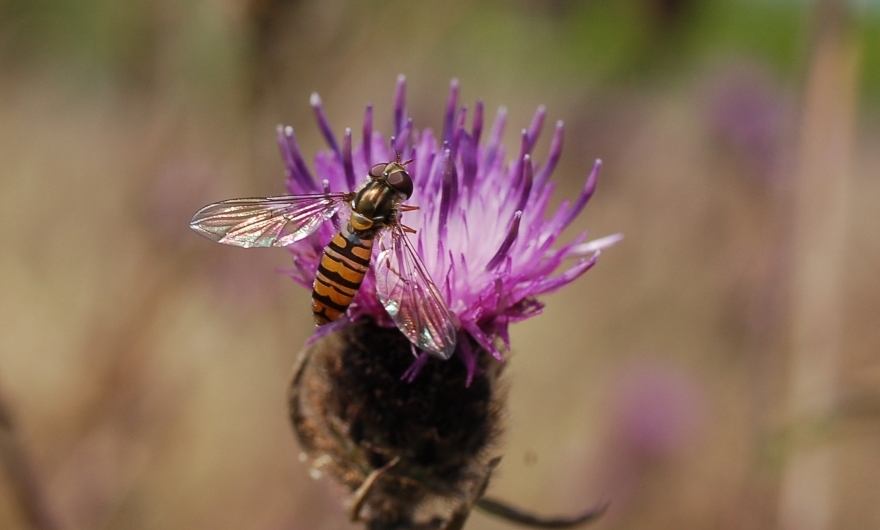
UK charity the Game and Wildlife Conservation Trust (GWCT) have today announced the launch of a new pan-European research project to detail the economic benefits of nature. The project, the first of its kind, is being funded by the European Commission, with the intention of examining “how we can best protect vital natural resources, across Europe”.
The study – entitled the QUESSA project (which stands for Quantification of Ecosystem Services for Sustainable Agriculture) – aims to identify “natural key habitats” and develop conservation systems for farmers and policy-makers. QUESSA will take four years, is receiving three million Euros from the European Framework’s 7 programme, and involves research partners from France, Italy, Germany, Netherlands, Switzerland, Estonia, Hungary and the UK.
The argument is that, by understanding the natural environment in terms of its economic benefits, we will be better able to protect our natural resources. GWCt’s press release states that cites recent DEFRA figures: “pollinators alone are worth £430 million per year to British agriculture”.
As Dr John Holland, an entomologist with the GWCT, explains: “With wildlife declining across Europe, the QUESSA project will help to identify areas… that need to be targeted and improved to maximise their use by pollinators, natural pest controllers, wildlife or to help improve soil conservation and provide clean water.”
“We will be particularly looking at how we can improve semi-natural habitats outside and within crops in order to provide a true value on the natural services that each habitat provides,” he continues.
To those who feel that nature should be valued for its intrinsic importance, rather than for the effective delivery of “natural services”, this kind of consultant-speak approach will be considered a part of the problem, rather than as a potential solution.
Photocredit: Peter Thompson, GWCT
www.gwct.org.uk


Comments
Might be the first pan
Might be the first pan european project of its kind but certainly not the first project to look at ecosystem services in the UK. A large collaborative project completed a report in 2011: http://uknea.unep-wcmc.org/Home/tabid/38/Default.aspx
Add new comment